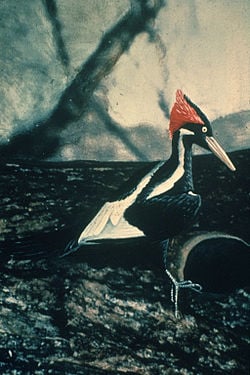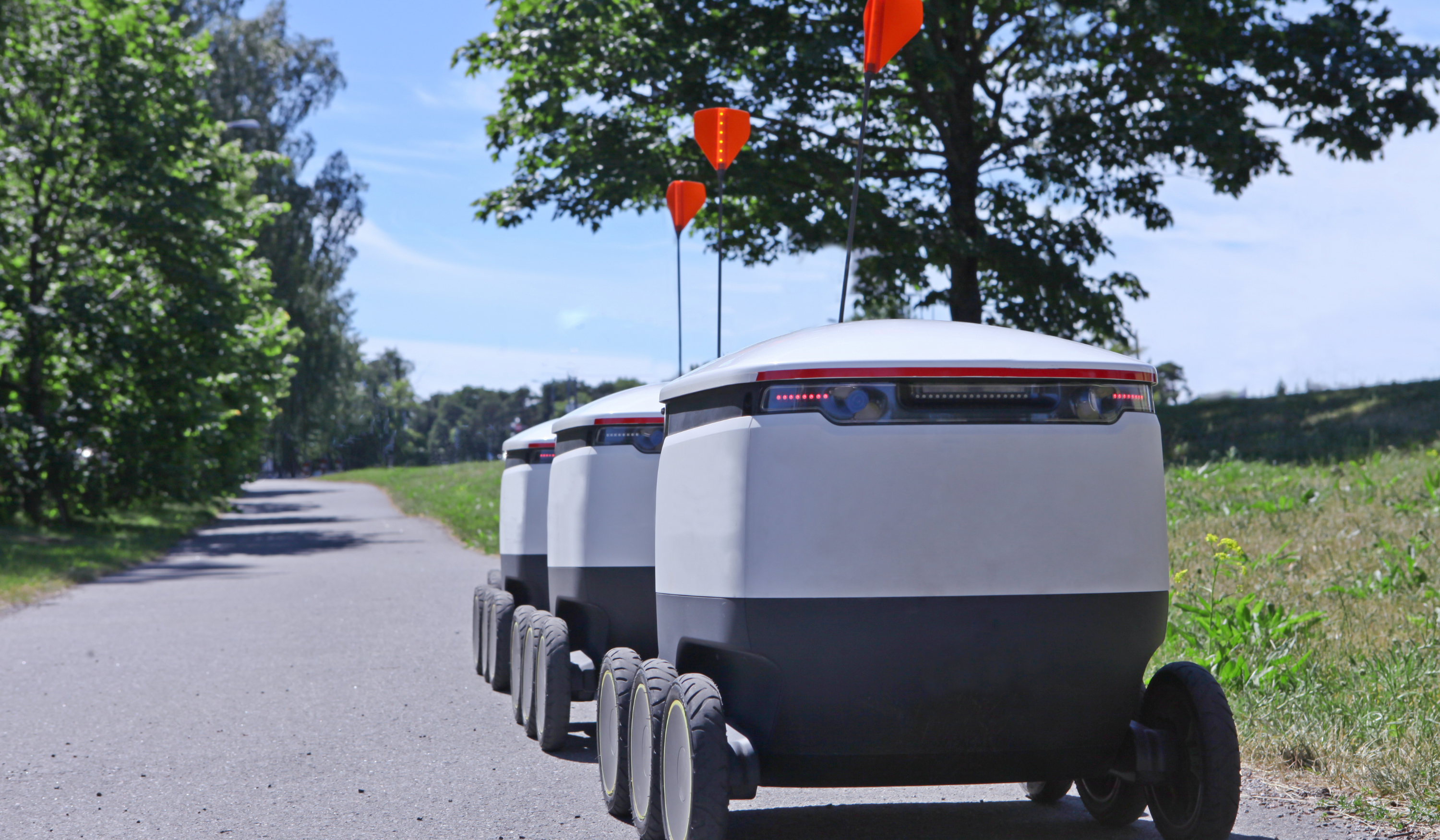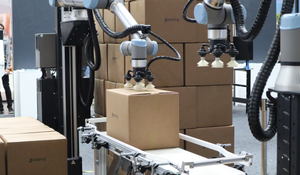Robotics Serving Nature

Posted on Feb 19, 2007 11:28 AM. 2 min read time

The search for Ivory-billed Woodpeckers (image) is a true wildlife investigation underway right now in the south-east United States. This bird, about half a meter long and with a one-meter wingspan, inhabited the virgin swamp forests of the area shown on the map below. The parcelling of this habitat led to the bird’s possible disappearance.
The species was declared extinct in 1996 by the International Union for the Conservation of Nature. The last photographed sighting goes back to the 1930s. However, the hope to see a living specimen was rekindled a few years ago. Some ornithologists believe they have observed and heard what may be an ivory-billed woodpecker. Following this, teams were deployed in Arkansas and Florida to capture recordings of the bird. Scientists record their observations in their online diary: Cornell U, Auburn U.
Teams use several technologies to support their studies. Stations have been set up in several locations to record sounds, take photos and film the elusive woodpecker. This article at Mongabay.com states that a high-res camera with a sophisticated algorithm was installed in a corridor of the Cache River National Wildlife Refuge in Arkansas to film the flight of the woodpecker. The system was designed by researchers from the universities of California at Berkeley and Texas A&M.
Check here for videos and photos of the robotic installation. Mechanically, the system is nothing new. The surveillance cameras are standard fare. As mentioned on their website, the complexity resides mainly in the conditions for detecting the bird: “no communications network, variation and noise in the images from the sky, limited electrical power, high temperatures and humidity.” The goal of the system is to film the bayou’s corridor over the long term, but only preserve those moments that the algorithm calculates that a woodpecker-like bird was observed.
Professor Goldberg is aware that his team’s camera may operate for years without ever observing the coveted bird. However, high-resolution pictures proving that the ivory-billed woodpecker still exists would be a major triumph for ornithologists and millions of birders.






Leave a comment